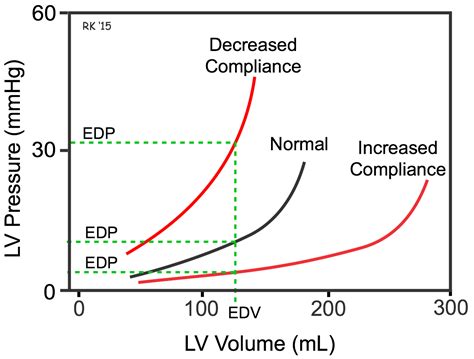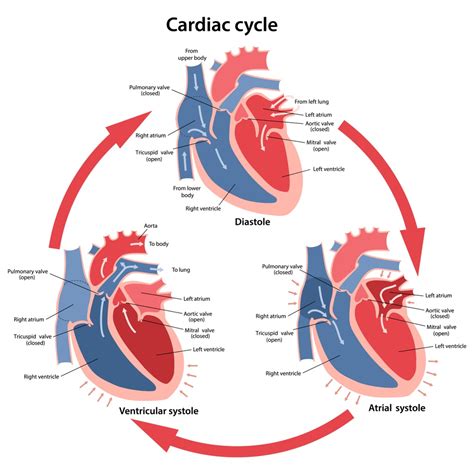lv compliance post heart attack | Evolution of Left Ventricular Ejection Fraction After lv compliance post heart attack Diastolic filling of the left ventricle (LV) is a highly complex process that is dependent on LV relaxation, LV compliance, and left atrial pressure. Impaired LV relaxation . $12K+
0 · Ventricular Compliance
1 · The assessment of left ventricular diastolic function: guidance and
2 · The Cardiac Cycle and the Physiological Basis of Left Ventricular
3 · Relaxation of the left ventricle – Cardiovascular Education
4 · Left ventricular dysfunction: causes, natural history, and
5 · Left Ventricular Diastolic Dysfunction: Causes and Treatments
6 · Evolution of Left Ventricular Ejection Fraction After Acute Myocard
7 · Evolution of Left Ventricular Ejection Fraction After
8 · Diastolic Risk Markers
9 · CV Physiology
The Seamaster Diver 300M line was revamped in 2018, upgrading it to an in-house, Master Chronometer-certified movement, with this white colourway following a year later in 2019. A bit of a sleeper hit, it has slowly gained popularity, especially in the enthusiast community, over the past few years.
When LV diastolic function is impaired with elevated LVFP, increased LAP causes MV E velocity to increase while decreased LV compliance causes rapid equalisation of LV and LAP, resulting . Diastolic filling of the left ventricle (LV) is a highly complex process that is dependent on LV relaxation, LV compliance, and left atrial pressure. Impaired LV relaxation .
Ventricular compliance is the ability of the ventricle to change its volume with pressure. Learn how ventricular compliance is affected by cardiac muscle properties, . Implantable cardioverter-defibrillator therapy improves survival in patients with reduced left ventricular ejection fraction (LVEF) after acute .
In the intact heart, LV afterload may be defined as the tension or stress developed in the LV wall during ejection. LV afterload is determined by the arterial pressure as well as the volume and . LVDD is a condition that affects your heart’s ability to fill up with blood before sending it out into your circulation. It can be diagnosed by an echocardiogram and staged from .
This article reviews the aetiologies, pathophysiology, and treatment of left ventricular dysfunction (LVD) and congestive heart failure (CHF). It also discusses the role of extracellular matrix, .When LV diastolic function is impaired with elevated LVFP, increased LAP causes MV E velocity to increase while decreased LV compliance causes rapid equalisation of LV and LAP, resulting in rapid deceleration of flow velocity.
Diastolic filling of the left ventricle (LV) is a highly complex process that is dependent on LV relaxation, LV compliance, and left atrial pressure. Impaired LV relaxation and compliance results in subsequent increases in left atrial pressure and eventual heart failure.
Ventricular compliance is the ability of the ventricle to change its volume with pressure. Learn how ventricular compliance is affected by cardiac muscle properties, ventricular hypertrophy, and cardiac disease states. Implantable cardioverter-defibrillator therapy improves survival in patients with reduced left ventricular ejection fraction (LVEF) after acute myocardial infarction (AMI).In the intact heart, LV afterload may be defined as the tension or stress developed in the LV wall during ejection. LV afterload is determined by the arterial pressure as well as the volume and thickness of the LV according to Laplace’s law. LVDD is a condition that affects your heart’s ability to fill up with blood before sending it out into your circulation. It can be diagnosed by an echocardiogram and staged from normal to severe..
This article reviews the aetiologies, pathophysiology, and treatment of left ventricular dysfunction (LVD) and congestive heart failure (CHF). It also discusses the role of extracellular matrix, ventricular remodelling, and cardiac regeneration in LVD.

is chanel boy a classic
Ventricular Compliance

LV diastolic dysfunction (DD) is a common abnormality of LV filling that can lead to heart failure with normal ejection fraction (HFNEF). DD is diagnosed by Doppler-echocardiography and assessed by the E/e′ ratio, which reflects LV filling pressure.Several clinical studies have reported that 30% to 50% of patients with congestive heart failure have preserved left ventricular (LV) systolic function and isolated diastolic dysfunction, ie, isolated diastolic heart failure. 1–3 Preliminary data from the Framingham study 3 indicate that hypertension is the most common underlying .
Examples of clinical and experimental pressure-volume studies are presented to illustrate the variety of mechanisms by which acute and chronic changes in ventricular chamber compliance evolve during the course of clinical heart disease.When LV diastolic function is impaired with elevated LVFP, increased LAP causes MV E velocity to increase while decreased LV compliance causes rapid equalisation of LV and LAP, resulting in rapid deceleration of flow velocity. Diastolic filling of the left ventricle (LV) is a highly complex process that is dependent on LV relaxation, LV compliance, and left atrial pressure. Impaired LV relaxation and compliance results in subsequent increases in left atrial pressure and eventual heart failure.
Ventricular compliance is the ability of the ventricle to change its volume with pressure. Learn how ventricular compliance is affected by cardiac muscle properties, ventricular hypertrophy, and cardiac disease states.
Implantable cardioverter-defibrillator therapy improves survival in patients with reduced left ventricular ejection fraction (LVEF) after acute myocardial infarction (AMI).In the intact heart, LV afterload may be defined as the tension or stress developed in the LV wall during ejection. LV afterload is determined by the arterial pressure as well as the volume and thickness of the LV according to Laplace’s law. LVDD is a condition that affects your heart’s ability to fill up with blood before sending it out into your circulation. It can be diagnosed by an echocardiogram and staged from normal to severe..
This article reviews the aetiologies, pathophysiology, and treatment of left ventricular dysfunction (LVD) and congestive heart failure (CHF). It also discusses the role of extracellular matrix, ventricular remodelling, and cardiac regeneration in LVD. LV diastolic dysfunction (DD) is a common abnormality of LV filling that can lead to heart failure with normal ejection fraction (HFNEF). DD is diagnosed by Doppler-echocardiography and assessed by the E/e′ ratio, which reflects LV filling pressure.
Several clinical studies have reported that 30% to 50% of patients with congestive heart failure have preserved left ventricular (LV) systolic function and isolated diastolic dysfunction, ie, isolated diastolic heart failure. 1–3 Preliminary data from the Framingham study 3 indicate that hypertension is the most common underlying .
The assessment of left ventricular diastolic function: guidance and
chanel wallet le boy

In 2010, the crown unveiled the classic black Submariner Date with the aforementioned updates but then surprised everyone with a watch nobody saw coming .
lv compliance post heart attack|Evolution of Left Ventricular Ejection Fraction After


























